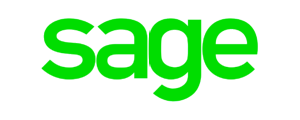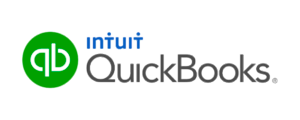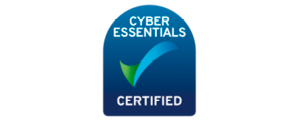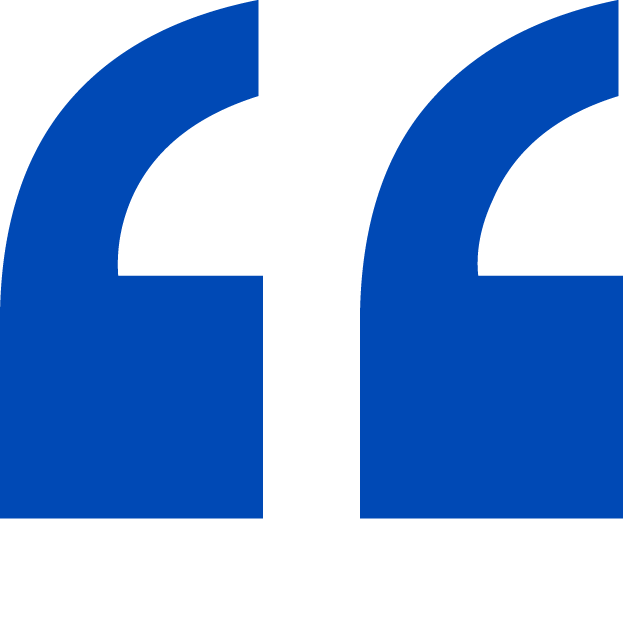As a Landlord, there are a multitude of areas that are your responsibility. Collecting rent payments is one of the most important, but it isn’t always the most straightforward to keep track of. Advanced software solutions offer Landlords the perfect opportunity to streamline rent payments and to become better organised, allowing you to monitor cash flow better too.
What is a Rent Statement?
Rent statements are the first step to making it easier to keep track of rent payments. They must be issued at the same time each month and serve the same purpose as an invoice or bill. The document should state how much your tenant owes in rent, as well as when the rent payment is due. Typically, rent statements are issued predominantly to commercial properties, as their monthly costs tend to vary month by month. However, it’s not uncommon for them to be sent to residential properties.
Rent statements tend to include itemised charges in addition to the rent payment, including:
- Electricity share
- Monthly admin fees
- Utility costs
- Water share
It’s important to note that rent statements should provide the tenant with sufficient time to make the rent payment.
How to Write a Rent Statement
Most accounting software includes various rent statement templates that can be used by landlords, reducing admin time for your team.
Nonetheless, if you’re creating a rent statement from scratch, here is a list of what you’ll need to include:
- Tenant’s name
- Invoice date
- Property address
- Landlord’s name and address
- Rent amount due
- Additional charges due
- Rental period covered
- Rent due date
You may also want to include payment methods, remaining balances and late fee charges.
FastPay’s Rent Payment Tips
Keeping track of rent payments can be difficult and therefore, it’s worth noting a few tips to make this as easy as possible. Traditionally, spreadsheets are popular for those keeping track of rent payments through a manual method. If you’re managing multiple properties, it might be worth creating a spreadsheet per property via software such as Google Sheets or Microsoft Excel.
Tracking your rent payments involves:
Sending rent statements
Issuing receipts
Verifying funds
Documenting transaction fees
Chasing up late payments
It’s no secret that the more properties you manage, the more precious your time is and thus, it may be necessary to turn to payment tracking apps and software.
Here are some examples you may want to consider:
FastPay Makes Rent Payments Hassle Free
With FastPay’s Direct Debit collection services, your rent payments can be made easy. Our service means you and your team will spend less time chasing invoices – saving you money and time.
To find out more about our recurring payment collection services, get in touch with our team on 0161 737 5290 or contact us online.












